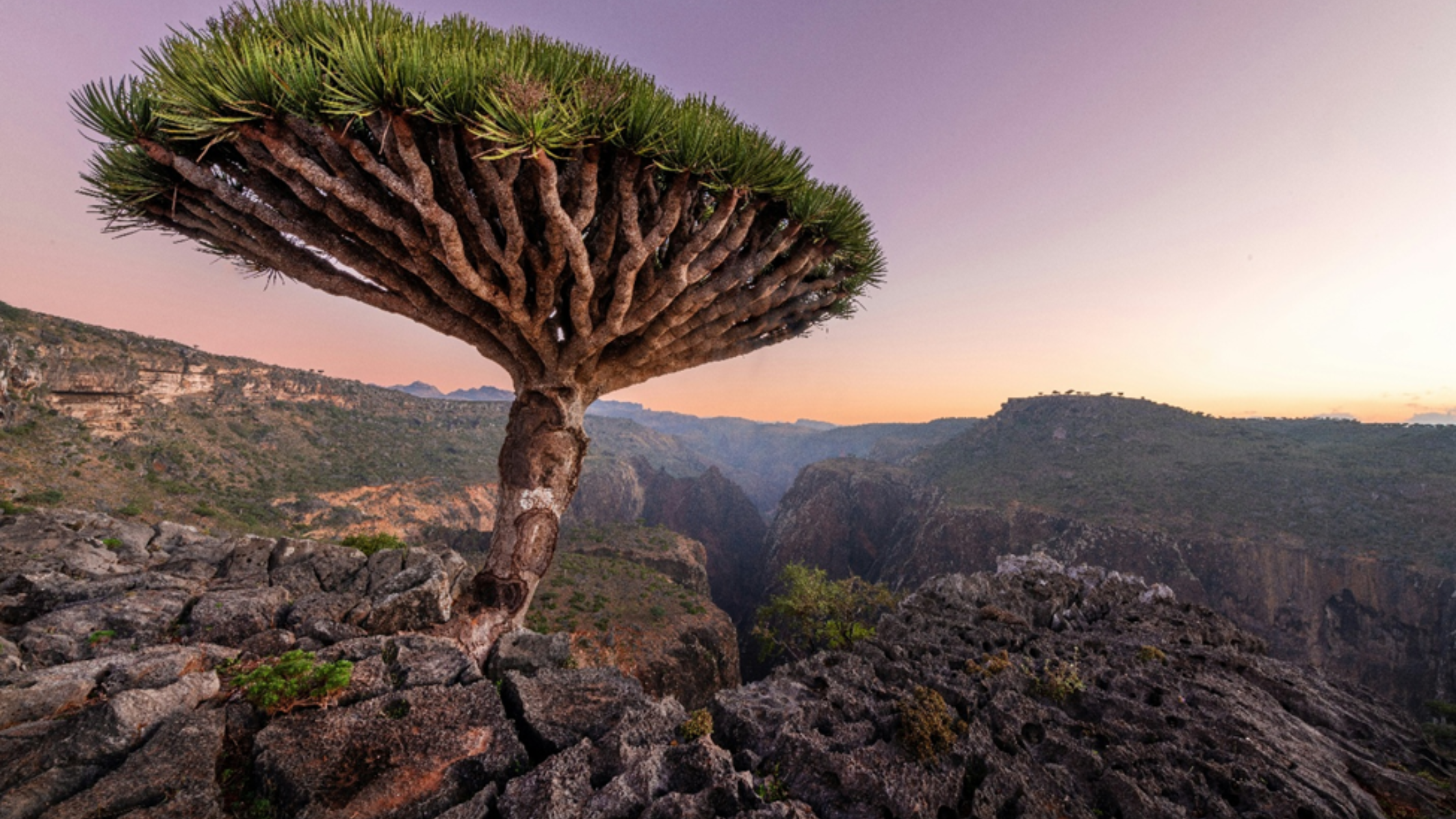Hidden deep in the Arabian Sea, between Yemen and the Horn of Africa, lies Socotra, one of the world’s most isolated and breathtaking islands. Known for its surreal landscapes, otherworldly flora, and pristine beaches, Socotra is often called the “Galápagos of the Indian Ocean.” As tourism gradually returns to this remote gem, Socotra Island tours in 2025 are becoming a dream for adventure travelers seeking untouched nature and authentic cultural experiences.
If you’re planning to visit this extraordinary island, here’s everything you need to know before you go.
- Where Is Socotra and Why Is It So Unique?
Socotra is part of Yemen, located about 380 kilometers off the country’s southern coast. It’s the largest island in the Socotra Archipelago and a UNESCO World Heritage Site, recognized for its exceptional biodiversity.
Over one-third of Socotra’s plant species can’t be found anywhere else on Earth. The most famous among them is the Dragon’s Blood Tree, a bizarre umbrella-shaped tree that oozes a deep red resin once prized for medicine and dye. Other rare species include the Bottle Tree, Desert Rose, and the Socotra Cucumber Tree—each contributing to the island’s alien beauty.
The isolation of Socotra has allowed its ecosystem to evolve independently for millions of years, creating a landscape so unique that many visitors describe it as stepping onto another planet.
- How to Reach Socotra in 2025
Getting to Socotra is part of the adventure. The island is remote, and flights are limited. As of 2025, the main way to reach Socotra is via weekly flights from Abu Dhabi (UAE), operated by Yemenia Airways or local tour partners.
Some specialized Socotra tours also organize chartered flights directly from Dubai or Cairo, depending on group sizes and demand. There are no ferries for tourists due to unpredictable sea conditions, so flying remains the most reliable and safe option.
Tip: Flights often sell out months in advance, so book your Socotra tour and flight as early as possible.
- What to Expect During a Socotra Tour
Visiting Socotra is not like a typical island vacation—it’s an expedition into nature’s purest form. Most Socotra Island tours are adventure-based and include camping, hiking, snorkeling, and exploring remote landscapes.
Common stops on a typical Socotra itinerary include:
- Detwah Lagoon – A stunning turquoise bay surrounded by white sand dunes.
- Qalansiyah Beach – One of the most beautiful beaches in the world, with crystal-clear waters perfect for swimming.
- Hoq Cave – A massive limestone cave stretching over 3 km, filled with stalactites and ancient writings.
- Diksam Plateau – Known for its forests of Dragon’s Blood Trees and panoramic views.
- Arher Dunes – Towering sand dunes where desert meets sea—an unforgettable sunset spot.
Each day on Socotra is a blend of natural wonder, cultural discovery, and digital detox, as there is limited internet access and no large resorts.
- Accommodation and Food on Socotra
Since Socotra is largely undeveloped, accommodation options are simple but authentic. Tour companies usually provide:
- Camping gear (tents, mattresses, and basic facilities)
- Eco-lodges or homestays in Hadibo (the main town)
- Meals cooked by local guides, featuring fresh seafood, rice, and traditional Yemeni dishes
Luxury hotels are not yet established, but that’s part of the charm—Socotra offers an escape from modern chaos and a chance to reconnect with nature.
- Best Time to Visit Socotra
The best time to visit Socotra is from October to April, when the weather is calm, warm, and ideal for outdoor exploration.
Avoid visiting between May and September, as the monsoon winds make the island inaccessible, with rough seas and strong gusts.
By 2025, more structured tour packages are expected during the high season, with local eco-operators focusing on sustainable and responsible tourism.
- Travel Requirements and Safety
While Socotra is part of Yemen, it remains isolated from the mainland and is considered safe for tourists under licensed tour operators.
To enter Socotra, you’ll need:
- A Yemeni visa, which your tour company usually arranges
- A valid passport with at least six months of validity
- Travel insurance (recommended for all visitors)
Because the island is remote, there are limited medical facilities, so carry basic medicines and a first-aid kit.
- Why Visit Socotra in 2025
The year 2025 marks a new chapter for Socotra tourism, with eco-friendly travel initiatives, conservation projects, and locally managed tour operations taking the lead. Travelers can now explore the island more sustainably while directly supporting the Socotri community.
Here’s why you should visit Socotra now:
- It remains one of the few untouched natural paradises on Earth.
- You’ll witness landscapes and species that don’t exist anywhere else.
- Tourism is still small-scale, offering a peaceful, authentic experience.
- Your visit contributes to local livelihoods and nature conservation.
Final Thoughts
Visiting Socotra isn’t just a trip—it’s a journey into another world. Whether you’re fascinated by rare plants, dreamlike beaches, or raw adventure, Socotra Island tours offer an unforgettable escape from the ordinary.
As 2025 unfolds, Socotra continues to welcome explorers who value authenticity, sustainability, and wonder. So, pack your sense of adventure and prepare to experience one of Earth’s last true natural frontiers.

